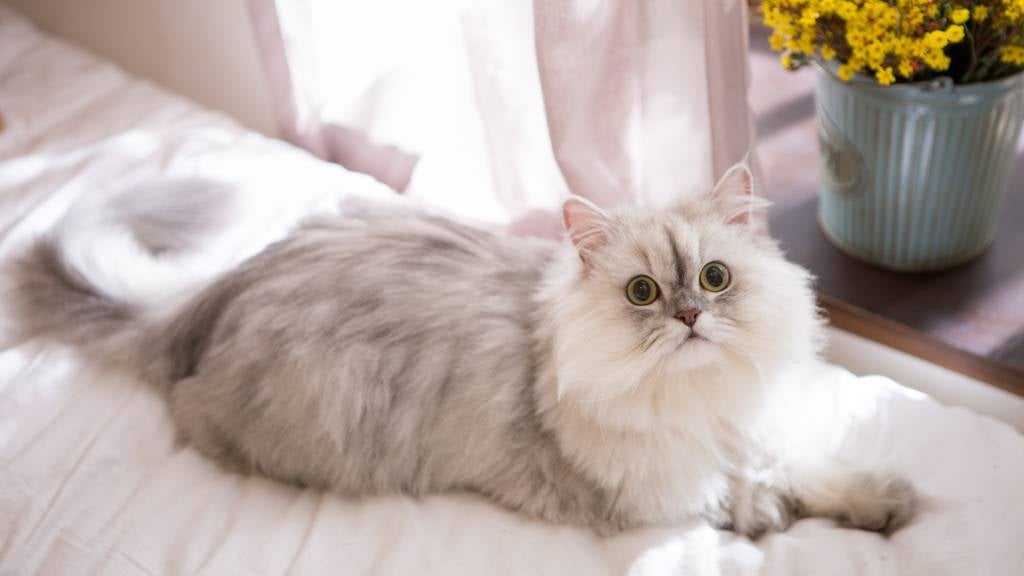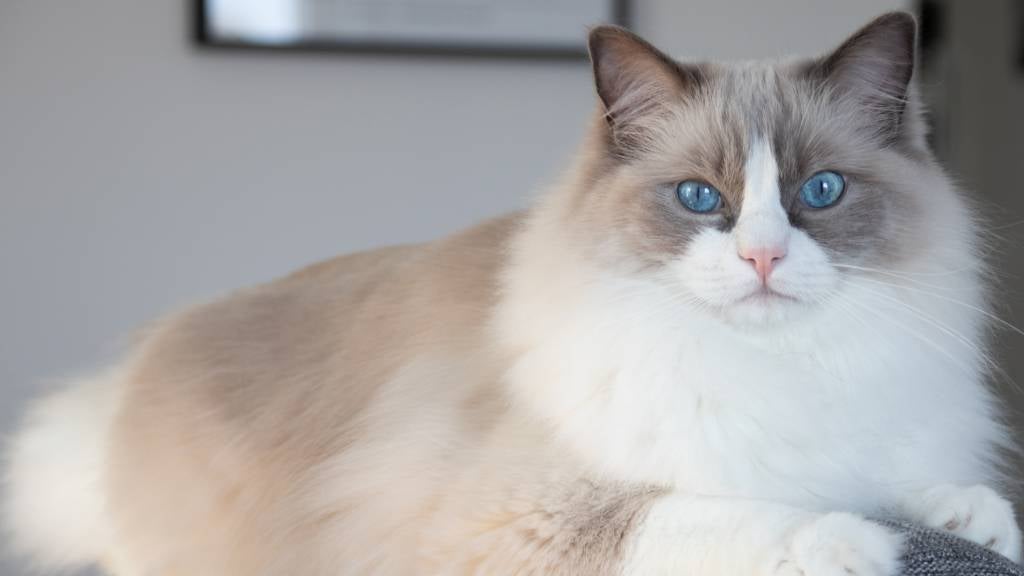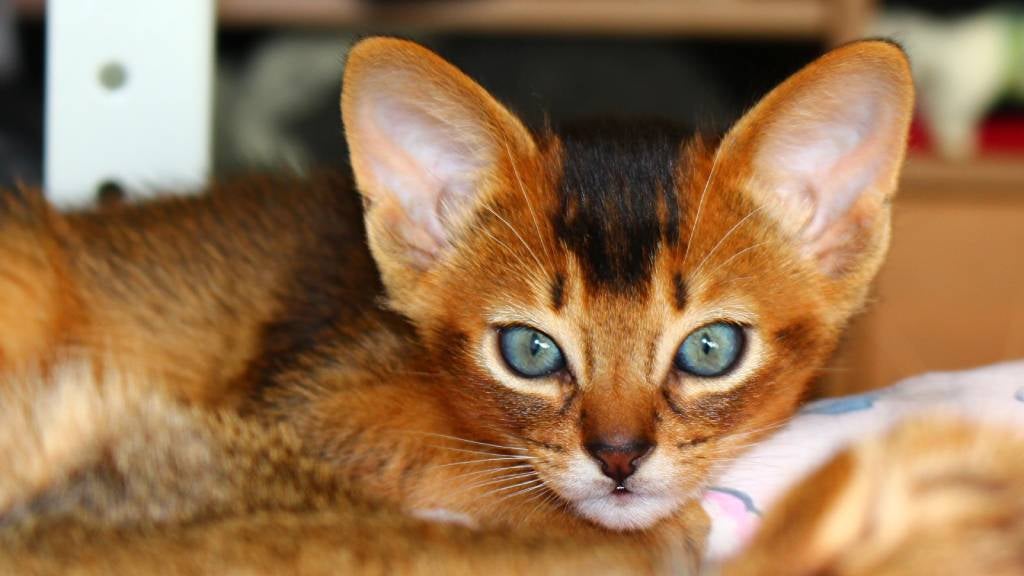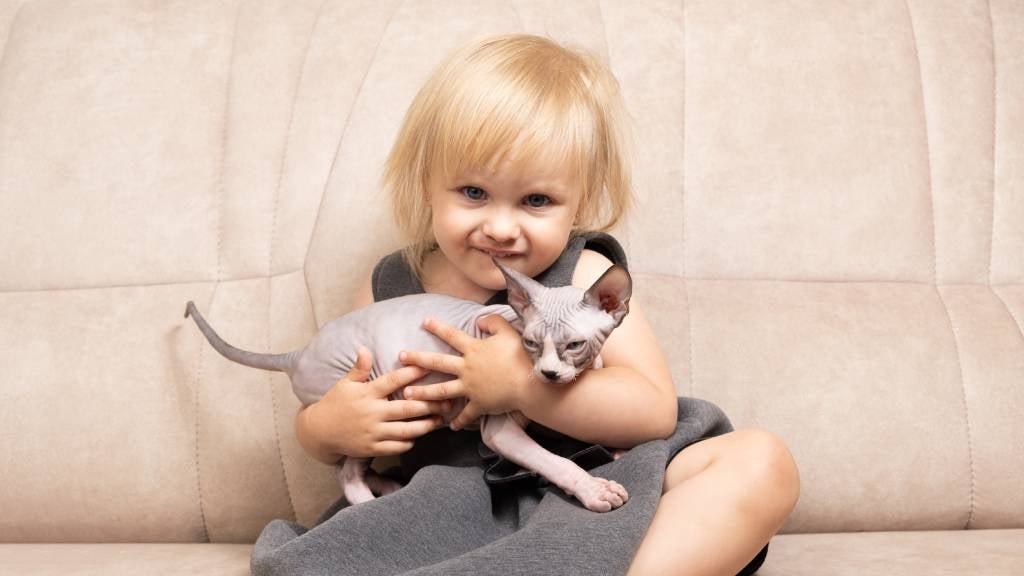Cat breeds Australians love

Australia is a country of cat-lovers with an estimated 5.3 million pet cats across a third of households nationwide. The purrfect pet cat is likely to be different for everyone – and this could depend on your feline friend suiting your personality, lifestyle, home situation or budget.
The Domestic Shorthair cat is Australia’s most popular cat breed, and we’ve created a list of other popular cats to help you decide which breed might best suit your lifestyle. They are categorised by hair type, size, and suitability with children or other pets you may own.
Popular cat breeds by hair type
Popular shorthair cat breeds

- Domestic Shorthair: This is Australia’s most popular breed. They make an ideal companion to anyone – from kids to the elderly – and are suited to both apartment-living as well as sprawling spaces. They also need minimal grooming.
- Russian Blue: Although they are shorthaired, Russian Blue cats have a thick double-layered coat in an impressive range of bluish greys. Their gentle nature also adds to their popularity.
- Exotic Shorthair: If you love Persian cats but don’t want to spend hours on grooming, the Exotic Shorthair comes with a low maintenance coat, making them a popular cat breed.
- Bombay: Often referred to as a “parlour panther”, the Bombay cat has a short, glossy coat and is black all over – including their nose and paw pads – making them a popular choice with people who have a soft spot for black cats.
Popular long hair cat breeds

- Persian: Ranked as the fourth most popular cat in the world, Persian cats are possibly the most famous long-haired cat. They are renowned for their luscious white coats – but need daily grooming. In Australia patient Persians are loved for their gentle and sweet nature.
- Turkish Angora: The majestic Turkish Angora has a semi-long coat which doesn’t tangle as easily, so requires less brushing. They are also full of energy and affection, making them a beloved pet.
- Himalayan: This docile, sweet-natured kitty has long silky fur and loves being groomed and is a favourite in more quiet homes.
Popular cat breeds by size
Large cat breeds

- Ragdoll: Australia’s second most popular cat breed, the longhaired Ragdoll has a shiny coat and distinctive blue eyes and weighs up to 9kgs. Super friendly, they love attention from their favourite humans, making them a good choice for families living in larger homes.
- Maine Coon: Australia’s fourth most popular cat, Maine Coons are long- to medium-haired cats, and often grow a metre in length and can weigh up to 10kgs. They are sweet tempered and loyal companions. They suit larger homes with enough room to run and exercise.
- Bengal: Weighing up to 7kgs, these athletic shorthair cats have unique leopardlike spots and tigerlike stripes. While they resemble their wildcat ancestors, they are very sweet natured, curious, and enjoy plenty of playtime, making them the sixth most popular choice with Australian families.
- Siberian: With a muscly build, this solid longhair breed can weigh up to 8kgs and loves an active lifestyle. Affectionate and bold, this highly intelligent kitty gets on well with children, other animals, and the elderly, placing them ninth in the top 10 cat breeds in Australia.
Small cat breeds

- Devon Rex: Usually weighing 4kgs or less, these are trim and tidy looking cats. They have a soft coat, big batlike ears, and large round eyes. They can be very playful with high energy levels, which adds to their popularity and places them at number 10 in the top cat breeds in Australia.
- Munchkin: Despite having tiny legs that give them a distinctive and adorable walk, these shorthair cats are quite active and playful, making them a popular choice with cat lovers. Weighing up to 4kgs, they could suit smaller homes that still enough room for them to run around in.
- Abyssinian: With slender and muscular bodies, this shorthair cat can weigh up to 5kgs. It loves to zoom around and explore its environment, playing with its humans, making it fun to be around.
- Siamese: One of the oldest breeds in the world, this cat is loved by many Australians. They have long, lean bodies that give them an elegant appearance. They can weigh up to 5kgs. Great with dogs and children, Siamese cats tend to be quite vocal and sociable.
Which popular cats are most suitable for you?
Children and cats

- Sphynx: This is the eighth most popular cat in Australia, and while unusually hairless, it is warm and playful, happy to live indoors, and can spend hours being cuddled. This might also be a good choice for those who experience cat allergies, however, keep in mind that hairless cats can come with a long list of grooming requirements.
- Burmese: Ranked as the fifth most popular cat breed in Australia, this highly-social cat breed get along with kids of all ages as well as dogs and other cats – they just love having company!
- Scottish Fold: With unique folded ears, the Scottish Fold has an easy-going nature. This kitty craves human attention and is gentle and calm even in loud home environments, making them a popular choice.
Interaction with other animals

- British Shorthair: Australia’s third most favourite cat, the British Shorthair has a laidback demeanour, and gets along with dogs of all sizes, birds, and even rabbits.
- Birman: The perfect playmate for your dog, Birmans love to chase, play tag, and can even learn to fetch, making them a popular choice in households that value cats and dogs equally!
- Norwegian Forest: A relaxed and friendly kitty, the Norwegian Forest is good at adapting to other pets – and once they do, they may become inseparable. So, it’s no surprise that Australians love this curious cat.
Different cat breeds suit different people
Different breeds of cats have different temperaments and personalities, so it’s important to familiarise yourself with the key traits of the breeds you are interested in, before you commit to taking them home and making them a part of your life.
An important consideration is whether you have other pets or young children in the house and how they will react to your new cat (and vice versa).
If you are rarely home, then an independent and more mature cat that enjoys its own company might suit you. But if you are a homebody, you might like a playful kitten that prefers human companionship and will happily follow you around.
Some smaller or more mild-mannered cat breeds could be a good choice for people living in apartments, while their larger or more rambunctious counterparts might need a larger home with more space to roam and explore.
You should also consider the level of maintenance that your cat will require – and how much time you will need to spend grooming them.
Life expectancy and care considerations
While the average life expectancy of a cat is between 12 and 15 years, this can vary depending on their breed, genetics, diet, and lifestyle. But by caring properly for your cat, you can increase its chances of a long, healthy and stress-free life.

Responsible cat ownership includes:
- Keeping your cat indoors to reduce the risk of being hit by a car, injured by another animal, or catching an infectious disease.
- Playing with your cat and providing toys and stimuli to prevent boredom and keep them active and engaged.
- Feeding your cat a high-quality, well-balanced diet that contains essential nutrients, including protein, fat, omega fatty acids, taurine, vitamins, and minerals.
- Ensuring your cat gets enough water in their diet and stays hydrated to prevent problems such as urinary tract infections.
- Visiting the vet for annual checkups, up-to-date vaccines, and treatment for ticks and worms.
Making room for a cat
Are you ready to make room for a cat in your life? There are lots of different types of cats to choose from. But before you decide to bring a furry friend home, it’s important to budget for the costs of owning a cat, which includes veterinary care. By considering pet insurance, you can ensure your pets receive the care they need, when they need it the most. Learn more about Real Pet Insurance and get a quote online today.
31 Jan 2024